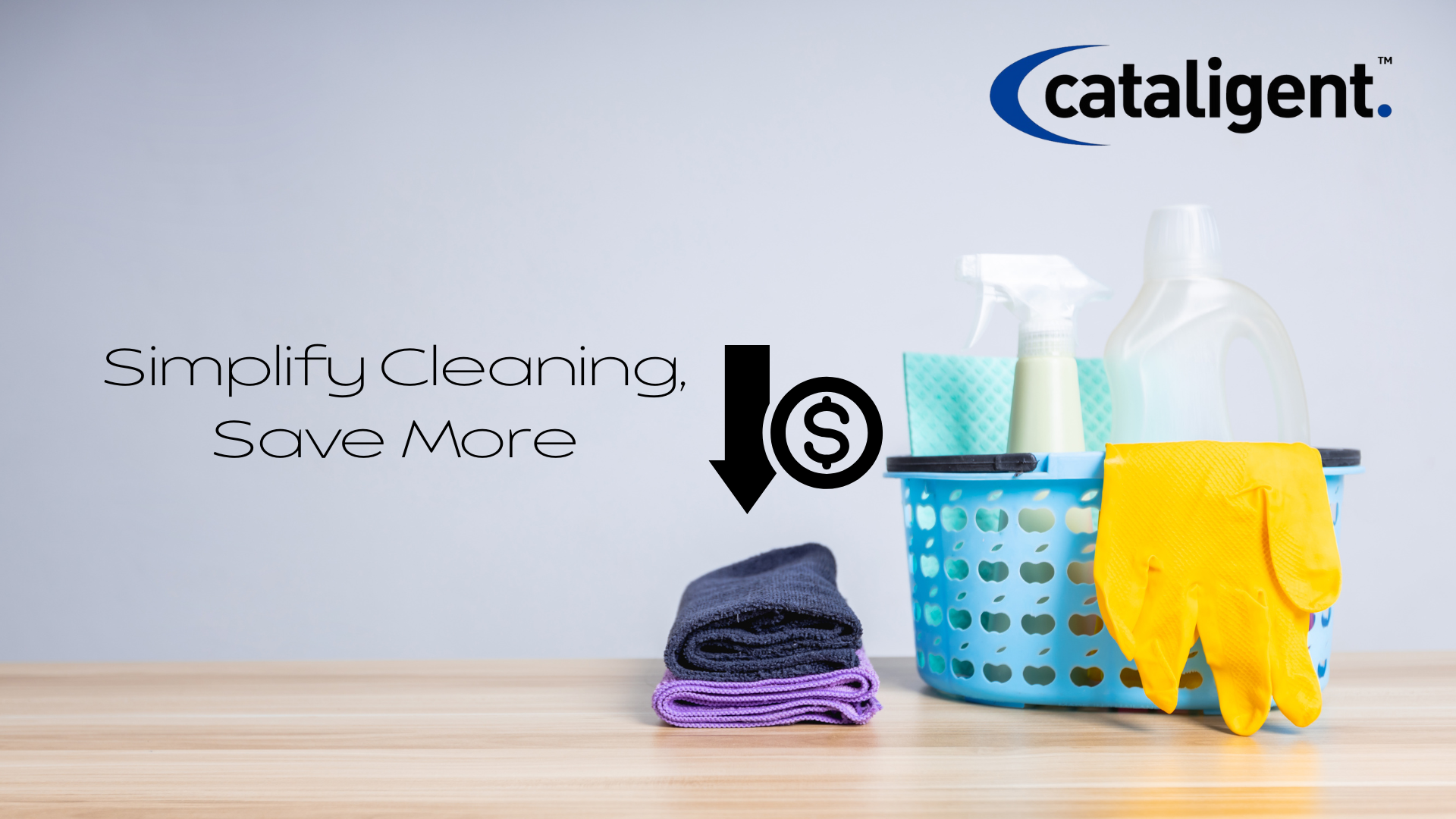Introduction
Janitorial and cleaning services are essential for maintaining a clean and healthy workplace. However, these expenses can add up significantly over time. By optimizing cleaning schedules, using cost-effective products, and implementing smart cleaning strategies, businesses can reduce cleaning costs without compromising hygiene and safety standards.
This document explores practical ways to reduce janitorial and cleaning expenses while ensuring efficiency and cleanliness in facility management.
What Reducing Janitorial and Cleaning Expenses Involves
Reducing janitorial expenses requires evaluating current cleaning operations and identifying opportunities for cost savings. This includes:
- Optimizing Cleaning Schedules: Adjusting frequency based on actual facility usage.
- Using Cost-Effective Cleaning Products: Purchasing in bulk and switching to eco-friendly solutions.
- Adopting Efficient Cleaning Methods: Implementing technology-driven and targeted cleaning strategies.
- Outsourcing vs. In-House Cleaning: Determining the most cost-effective staffing model.
- Minimizing Waste and Overuse: Training staff on efficient product use.
Cost-Saving Impact of Reducing Janitorial Expenses
Implementing cost-saving measures in cleaning and janitorial services can lead to significant financial and operational benefits.
1. Lower Cleaning Contract Costs
- Adjusting cleaning schedules to focus on high-traffic areas reduces unnecessary cleaning expenses.
- Using performance-based contracts ensures cleaning providers work efficiently.
2. Efficient Resource Allocation
- Prioritizing cleaning efforts based on occupancy patterns prevents wasted labor and supplies.
- Implementing a needs-based approach optimizes the use of cleaning personnel.
3. Reduced Supply Costs
- Purchasing cleaning products in bulk results in significant cost savings.
- Eco-friendly cleaning solutions often last longer and reduce chemical waste.
4. Increased Productivity and Hygiene
- Maintaining a clean workspace boosts employee morale and efficiency.
- Preventing excessive cleaning disruptions allows staff to focus on core work.
Implementation Strategies for Cost-Effective Cleaning
To reduce janitorial expenses effectively, businesses can follow these strategies:
1. Adjust Cleaning Frequency Based on Occupancy
- Conduct a facility usage audit to determine cleaning needs.
- Reduce cleaning in low-traffic areas while maintaining thorough cleaning in high-use zones.
- Implement a flexible cleaning schedule that adapts to changing occupancy levels.
2. Use Eco-Friendly and Bulk Cleaning Supplies
- Invest in concentrated, multi-purpose cleaning products to lower supply costs.
- Buy in bulk to take advantage of supplier discounts.
- Use refillable dispensers for hand soap, sanitizers, and paper towels to minimize waste.
3. Implement Smart Cleaning Technology
- Use automated floor cleaners and robotic vacuum systems for efficiency.
- Install smart dispensers that monitor and optimize supply usage.
- Utilize cleaning management software to track supply inventory and staff efficiency.
4. Outsource vs. In-House Cleaning Services
- Compare costs of outsourced janitorial services versus in-house cleaning staff.
- Outsourcing can reduce labor costs, especially if cleaning needs fluctuate.
- Consider hybrid models where core cleaning staff handle daily maintenance while specialized cleaning is outsourced.
5. Train Staff on Efficient Cleaning Practices
- Encourage the proper use of cleaning supplies to avoid overuse and waste.
- Standardize cleaning procedures for consistency and cost efficiency.
- Provide guidelines on sustainable cleaning methods to minimize resource consumption.
Case Studies of Successful Janitorial Cost Reduction
Case Study 1: Corporate Office Optimizes Cleaning Schedules
A corporate headquarters reduced cleaning costs by:
- Implementing a needs-based cleaning schedule, cutting janitorial expenses by 30%.
- Using occupancy sensors to determine high-traffic cleaning needs.
- Switching to eco-friendly, bulk-purchased cleaning products, lowering supply costs.
Case Study 2: Retail Chain Saves on Cleaning Contracts
A retail business lowered janitorial costs by:
- Outsourcing cleaning services on an as-needed basis instead of a fixed schedule.
- Using robotic floor cleaners, reducing manual cleaning labor by 25%.
- Training employees to manage small cleaning tasks, reducing dependency on external services.
Case Study 3: Manufacturing Facility Implements Smart Cleaning Systems
A manufacturing company reduced cleaning costs by:
- Installing automated hand sanitizer dispensers to minimize waste.
- Using AI-powered floor cleaning machines, decreasing labor hours by 40%.
- Transitioning to concentrated cleaning solutions, reducing supply costs by 20%.
Conclusion
Reducing janitorial and cleaning expenses is achievable through strategic planning and resource optimization. By adjusting cleaning schedules, using cost-effective products, and leveraging automation, businesses can significantly cut costs while maintaining cleanliness and hygiene.
Implementing efficient cleaning strategies ensures a healthier workplace, improves employee productivity, and supports long-term financial savings. By adopting smart janitorial practices, organizations can reduce operational costs while maintaining high facility standards.

